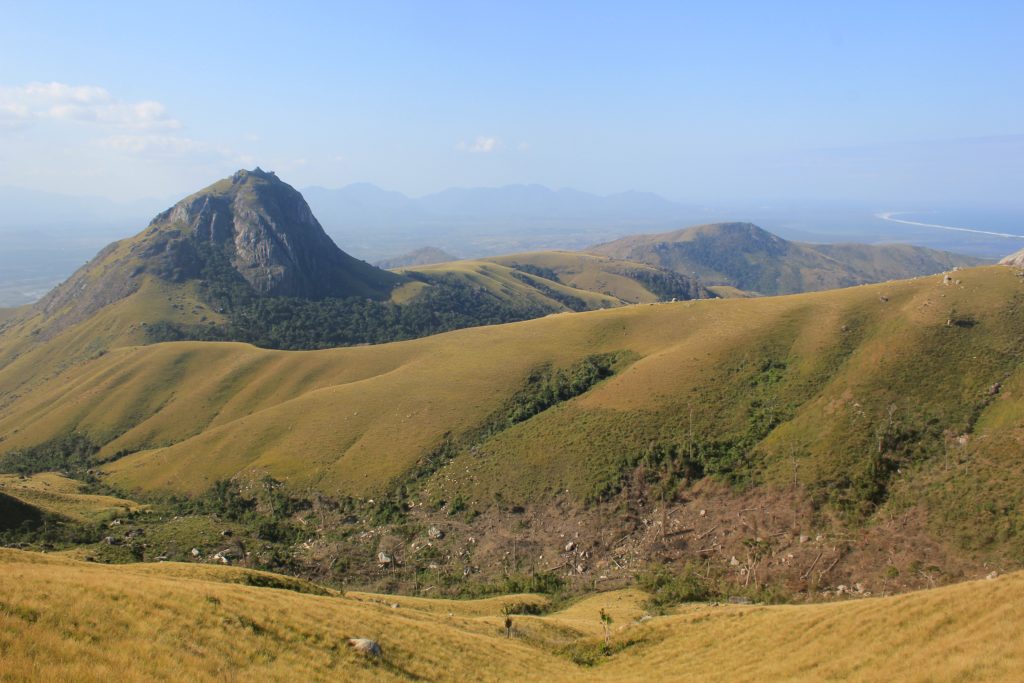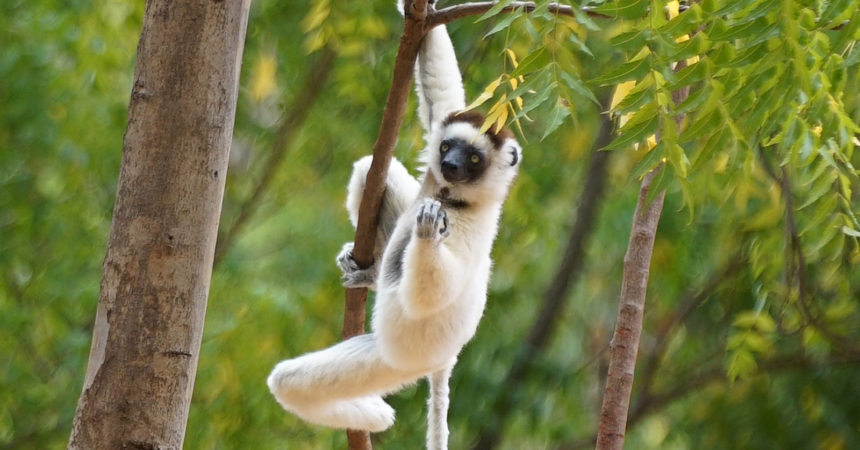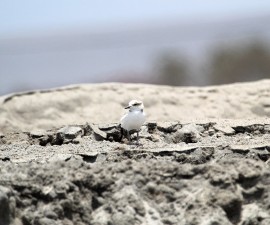Our mission to save species takes place not just at the Zoo, Safari Park, and Institute for Conservation Research, but also through fieldwork in projects around the globe. Here’s a little about one of these projects.
Madagascar conjures images of lush forests and unique species, which for most people means lemurs. Like most wildlife throughout the world these days, most populations are confined to protected areas. These incredible places, if managed properly, can effectively conserve wildlife while also boosting local economies through tourism and research. However, not all protected areas are created the same, and while images in our minds tend to focus on the more well-known national parks and special reserves, there can often be incredibly biodiverse hotspots that exist in small, neglected, practically unknown reserves. One such place is the Special Reserve of Ambatotsirongorongo.
Located just west of Fort-Dauphin along the southeast coast of Madagascar, I’ve known of this site since I carried out my masters research in this region in 2008, but getting there was never fully feasible. The site itself has always been of interest as it is a collection of six small forest fragments, totaling around 334 acres (135 hectares), that are the southernmost humid forests in Madagascar. In fact, it is slightly more unique in that floristically, their composition has been characterized as a predominantly humid, transitional mixture, likely due to the mountains’ position within the steep ecological gradient between spiny forest to the west and humid forest to the north and east.

The importance of this site is such that it is one of only a few known locations where both dry, spiny forest species, i.e., ring-tailed lemurs Lemur catta and Verreaux’s sifaka Propithecus verreauxi (pictured at the top of this article) live in sympatry with humid forest lemur species, i.e., red collared lemurs (Eulemur collaris), southern bamboo lemurs Hapalemur meridionalis, southern woolly lemurs Avahi meridionalis, and aye-aye Daubentonia madagascariensis. While the majority of these lemur species exist within other geographic areas of southern Madagascar, Microcebus manitatra is endemic to Lavasoa-Ambatotsirongorongo, while Cheirogaleus lavasoensis is only known from this site and Kalambatritra-Sahalava, about 106 miles (170 kilometers) to the north. This isolation within shrinking habitats presents increasingly long odds for their survival, so much so that both recently described species have been or will soon be included on the list of the World’s 25 Most Endangered Primates.
In July 2019, a few colleagues and I finally undertook a rapid expedition to this site in hopes creating a future research program here, in addition to identifying potential habitat restoration zones to create corridors between the existing fragments. It had been previously reported that these fragments were threatened by illegal timber extraction, shifting or “slash-and-burn” agriculture, and subsequent fires, but the last known visitors to this site were nearly a decade ago, and so our hope was to understand the current situation.
Each of the fragments is located on the southern side of a peak or ridge within the Lavasoa-Ambatotsirongorongo mountain range, and so we decided it would be best to stay in the nearest, most central local village, allowing us to do day hikes to each of the fragments. Though a relatively small village, their agricultural fields cultivated were extensive. Their productivity is directly tied to the forests which play a key role as sources of irrigation and drinking water. In fact, many of the local trails we used were irrigation ditches redirecting stream water from the forest fragments toward the tiered rice terraces below.
Unfortunately, all of the forest fragments showed signs of heavy exploitation. Timber was being used for creating wooden planks for construction materials, while the odd, twisted trunks or branches were used to create charcoal. These would then be transported to the region’s largest city, Fort-Dauphin, where they would be sold for minimal revenue. The situation was increasingly dire in the forest fragment named Ambatotsirongorongo. Taking GPS points as we explored these forests and later comparing to Google Earth, we discovered an extensive, newly logged area within the center of the fragment. This was already an extremely small fragment, but our new information suggests that at least 50 percent of it may have been illegally logged within the previous few months. Intense charcoal production was occurring during our visit, with many pits actively smoking the wood. The locals that had been maintaining these fled upon our arrival, as it is illegal for them to be within the reserve boundaries, but there is no active enforcement as management of these forests simply occurs on paper and not in reality.
Our trip wasn’t all doom and gloom, however; we did manage to locate a relatively large group of ring-tailed lemurs in one fragment, some southern bamboo lemurs in another fragment, and multiple vocalizations from red collared lemurs and even more ring-tailed lemurs. We even managed to observe the Critically Endangered mouse lemur, Microcebus manitatra, a species small enough to fit in the palm of your hand and only known from these small forest fragments. Almost nothing is known about this species, and those of us in our tiny expedition group are now among the few people who have ever observed it. If anything, this expedition highlighted the urgent need for conservation action within these truly unique forest fragments. The incredible lemur species assemblage should be enough to pique researcher interests, but finding support for the local community to effectively manage this reserve has been difficult over the last decades. The incredible biodiversity of this site, coupled with the unrestrained rate at which the forest is being lost, should inspire both conservation actors and funding organizations to help protect this unique site.
Tim Eppley is a postdoctoral fellow at the San Diego Zoo Institute for Conservation. Read more about his project in Sink or Swim, and about a recent adventure in Conservation in Spite of Coronavirus.





